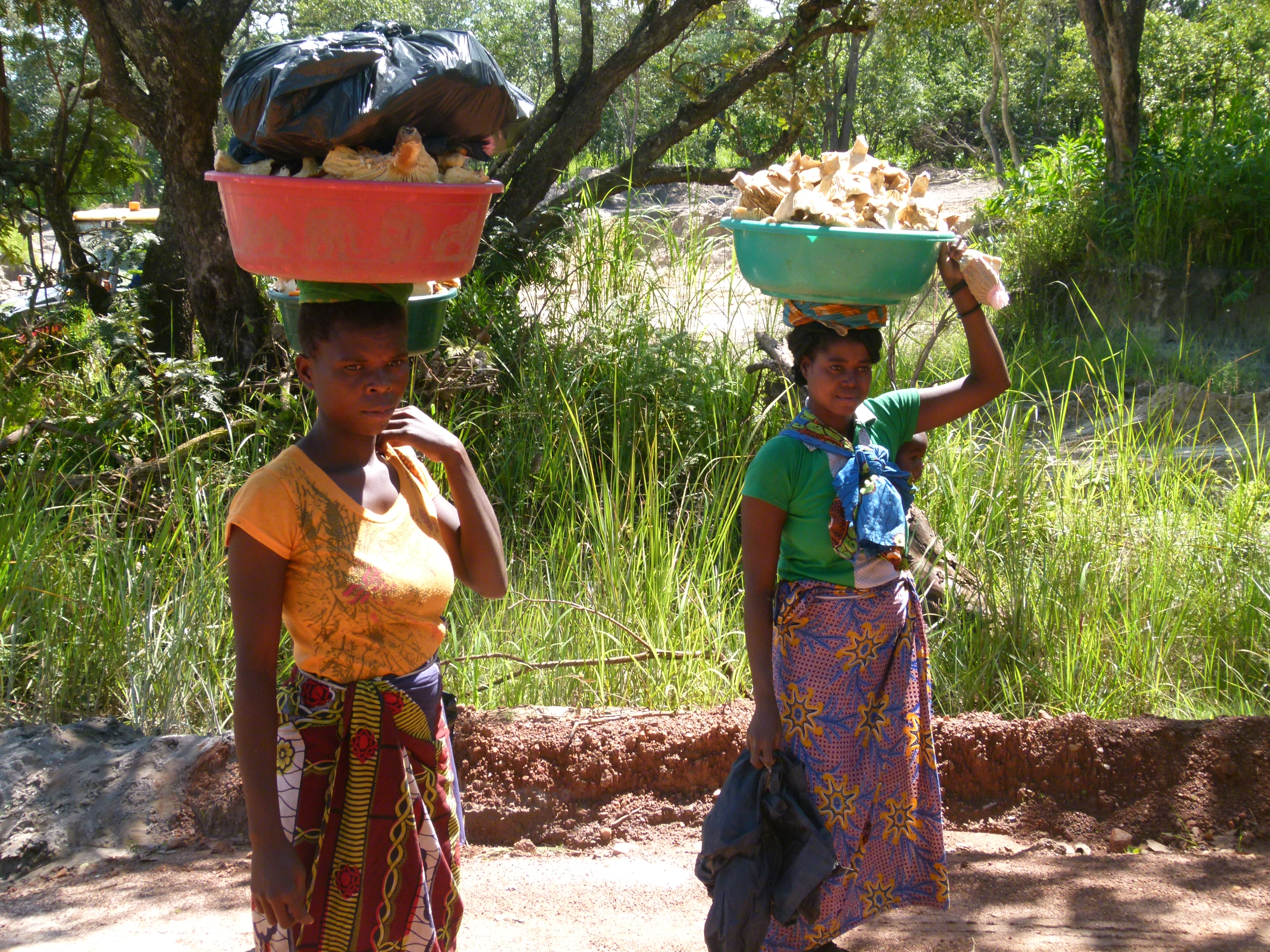
Share
Related Links
Poverty-Forests Linkages Toolkit
New tool to deliver swifter, better data on forests-poverty linkages
The role of forests in achieving the twin goals- A case study for the Phillipnes
Bringing Forest and Poverty into Focus in Argentina
Attachments
Forest contribution to poverty alleviation evidence map.pdf
Keywords
Understanding Forests’ Contribution to Poverty Reduction
PROGRAM SUMMARY
The overarching goal of this project is to support the World Bank Group's efforts to promote sustainable poverty reduction in forests and to work with governments and the international community to promote the use of forests and their resources to reduce poverty and boost shared prosperity.
CHALLENGE
While knowledge is increasing about forests as a source of day-to-day subsistence and as a safety net in times of need, much less is known about the extent to which forests can provide a pathway out of poverty. Currently, there is no systematic understanding of how forests may help the poor move out of chronic poverty and/or improve their current economic circumstance.
Knowledge gaps regarding the role of forests in poverty alleviation are often conceptual, but even more importantly, empirical. Frameworks such as those focusing on ecosystem services, or those elaborating different types of contributions of forests to human welfare can be used to structure analyses of forest-people linkages. But there are also critical knowledge gaps about forests as a source of employment and pathway out of poverty challenges in collecting relevant information on the contribution of forests to household well-being. Difficulties of measurement, valuation, and enumeration thwart efforts to capture this contribution. In particular, the remoteness of many poor, forest-reliant households and the length of time required to complete many surveys are barriers to collecting adequate information, which contributes to the lack of consolidated knowledge available on the linkage between forests and a pathway out of poverty.
APPROACH
This program employs four pillars that build on earlier efforts by PROFOR and other partners and aims to: (i) consolidate what is known about forest-poverty linkages, (ii) generate new knowledge on this interaction, (iii) improve how we measure household use and dependence of forests, and (iv) share these results with a broad set of policy makers and practitioners. The work will be conducted in close collaboration with an external reference group of advisory experts and key institutions that includes representatives from the organizations, such as the Center for International Forestry Research (CIFOR), Food and Agriculture Organization (FAO), International Union for Conservation of Nature (IUCN), the International Centre for Research in Agroforestry (ICRAF), the Forest Stewardship Council (FSC), International Tropical Timber Organization (ITTO), International Union of Forest Research (IUFRO), as well as universities, policy institutes, foundations, and non-governmental organizations (NGOs).
With the four pillars guiding the work, the main program outputs will be the following:
(1) A knowledge review, focusing on synthesizing evidence on the impacts of forestry policies and programs on poverty reduction in evidence maps, and to explore this evidence in an in-depth knowledge review.
(2) A conceptual framework will be developed, including a common set of definitions and core forest-poverty linkages to be explored.
(3) Country studies, bringing together and consolidating already on-going projects. The program will serve to streamline these studies as far as possible, to maximize comparability and learning.
(4) Development and field testing of the Forest-SWIFT (formerly called forest-poverty app) in Tukey, Argentina, and Mozambique (tbc), building on ongoing work on the forestry module of the Living Standard Measurement Study (LSMS).
(5) Dissemination and outreach will be targeted to specific internal and external users and audiences, and will include setting up a reference group with external experts.
For stories and updates on related activities, follow us on twitter and facebook , or subscribe to our mailing list for regular updates.
Last Updated : 06-16-2024








